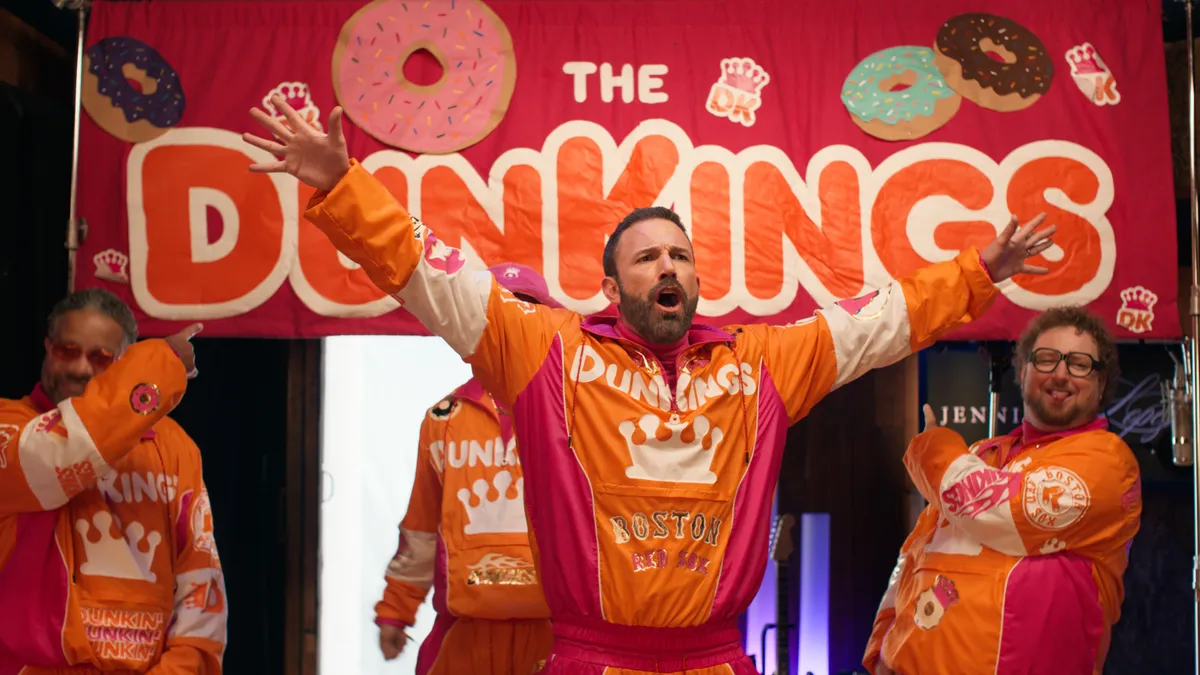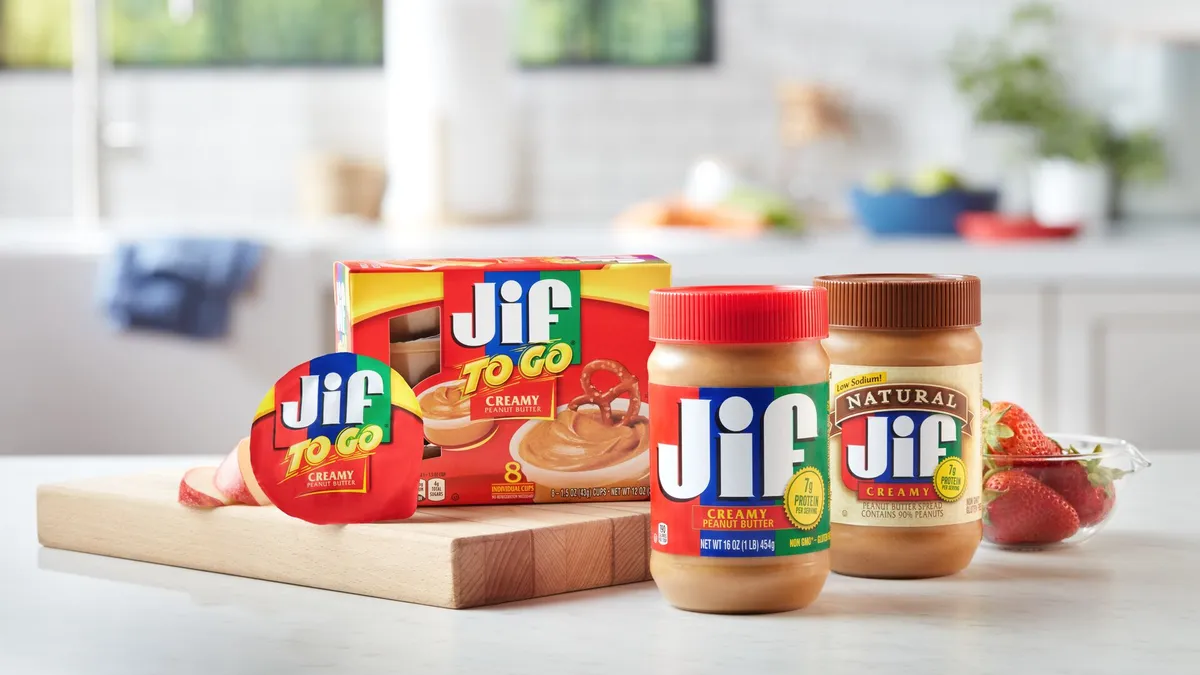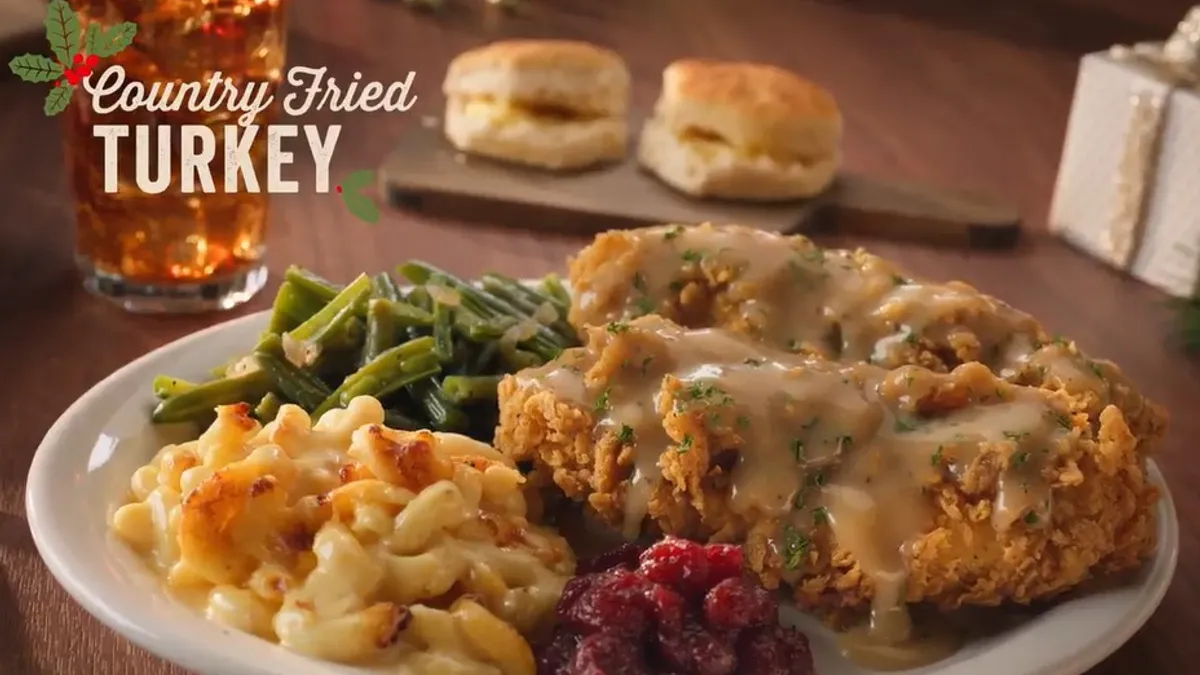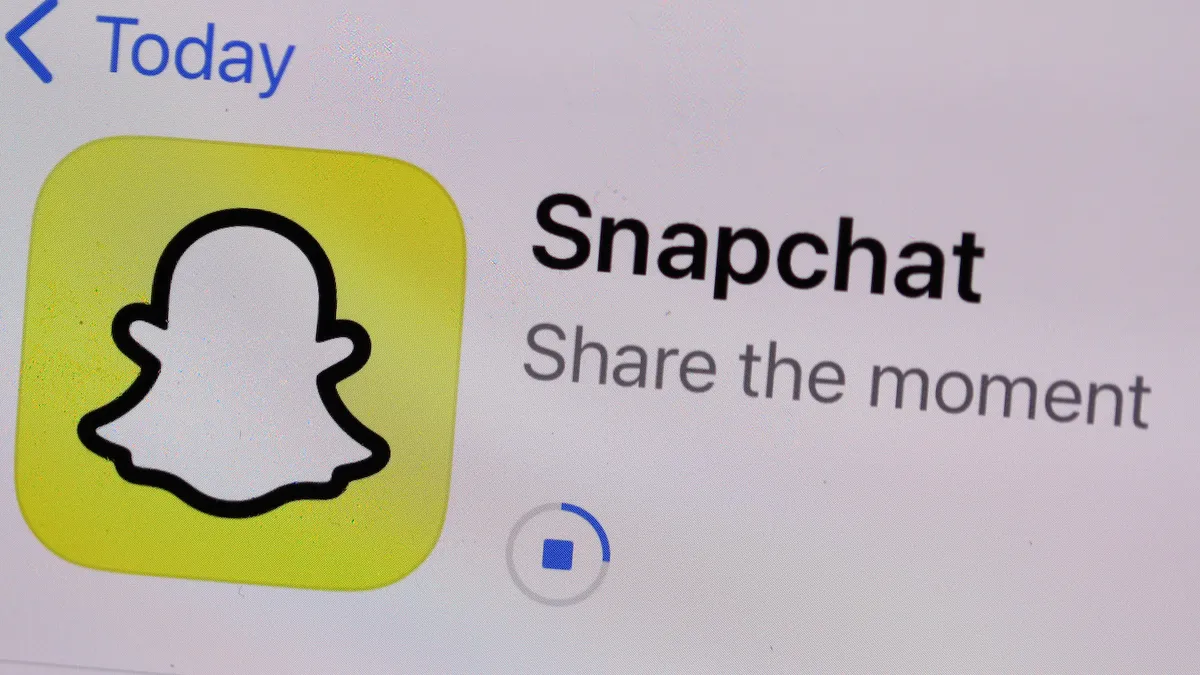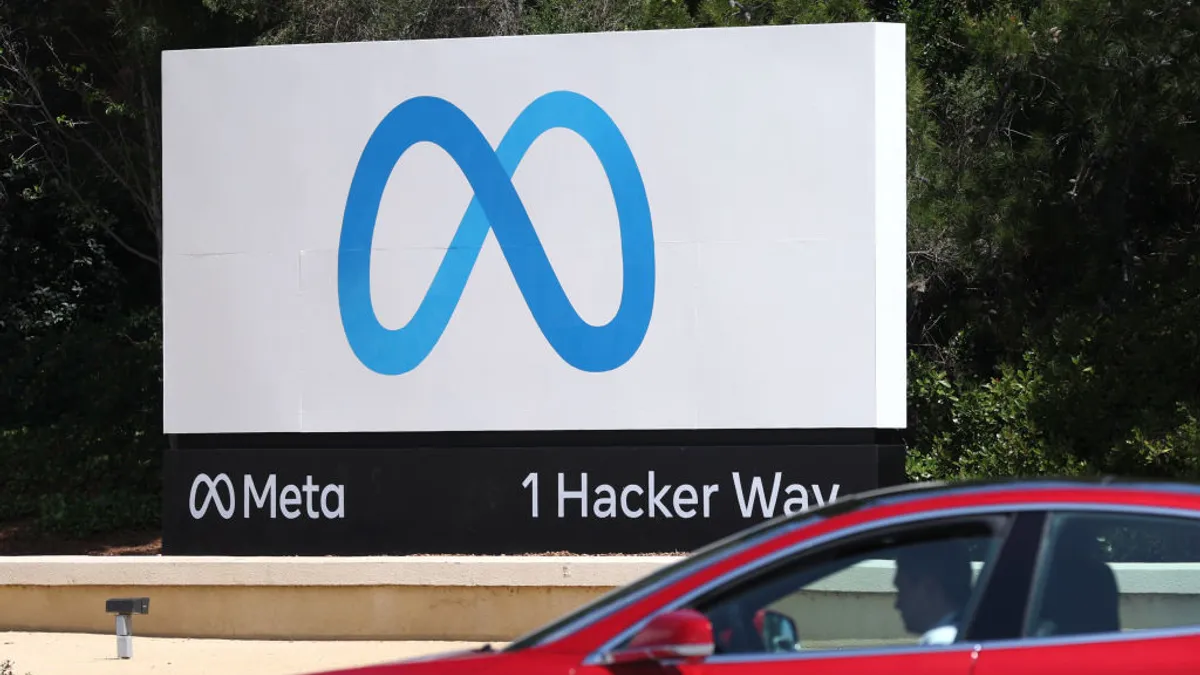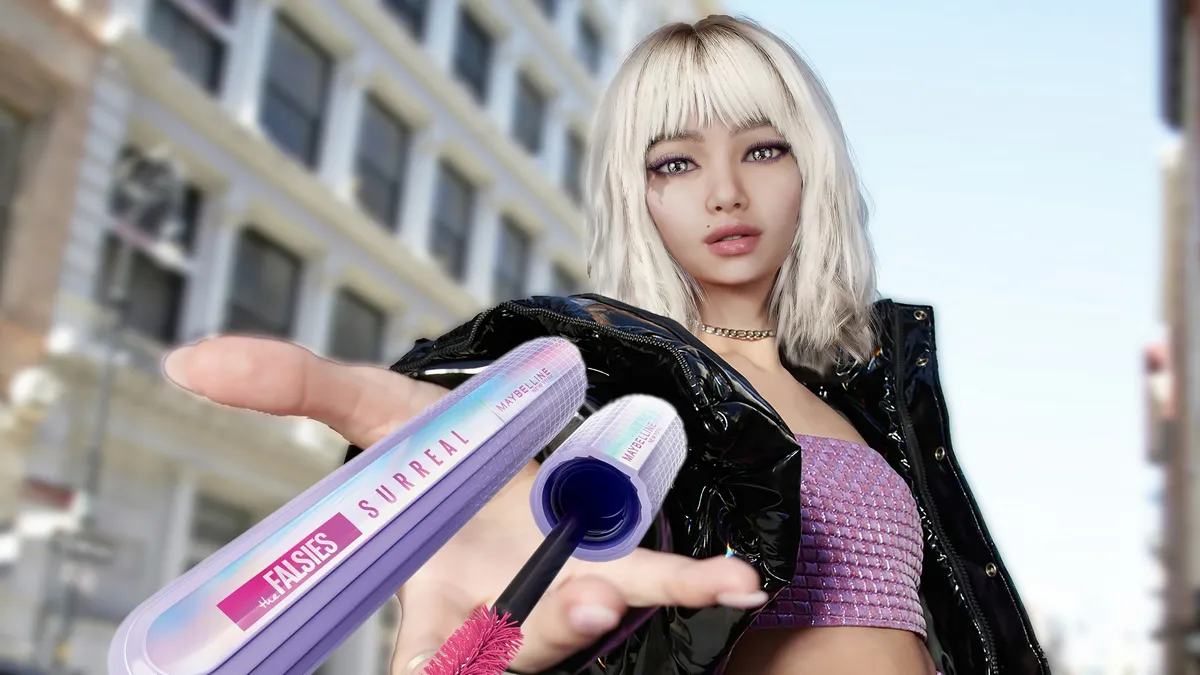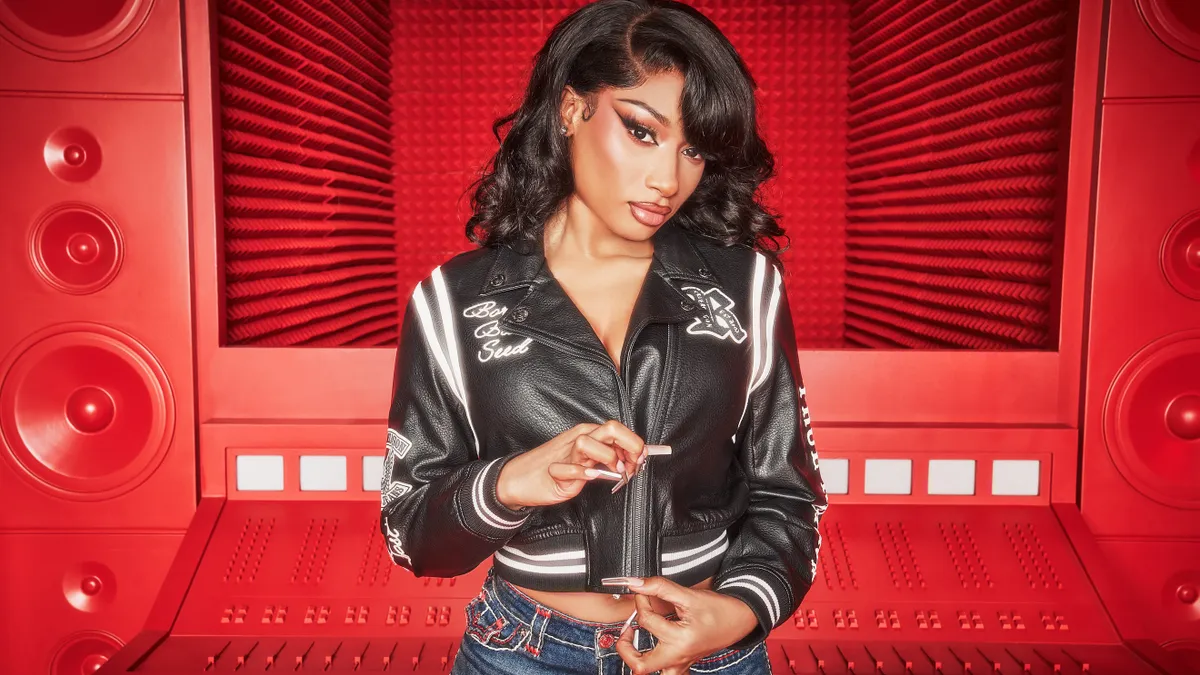The buzz about influencer marketing is hard to ignore. A frequent topic of conversation in marketing departments these days is how the public themselves are the new marketers, how brands don't even need celebrities anymore — although they could be effective influencers. The key to a successful campaign, according to those making the case for influencer marketing, is just finding someone who can persuade their own social media followers to interact directly with a brand and hopefully buy the product.
In the past, the possibilities held out by influencers were intriguing, but many brands may have been reluctant to hand over the reins to an unknown entity. But jumping in now sounds more like an imperative as consumers' lack of interest in traditional advertising grows. Don't worry. For brands that haven't gotten into influencer marketing yet, it's not too late.
"Brands and consumers crave authenticity and there is no better way to hit an audience than through a voice that you trust," Ryan Detert, CEO of influencer marketplace Influential, told Marketing Dive. "These influencers have become that trusted voice and as a result, influencer marketing is taking off."
For brands interested in influencer marketing, there are key questions to keep in mind before deciding to take the first step. Below are a few considerations to help guide the process.
Is it too late?
If you're just getting started with the strategy now, it's true that you might be a little late to the party. In the retail industry, for instance, 70% of brands already use Instagram influencers because of how much engagement they generate. But just because influencers are high impact figures this doesn't mean they're inaccessible.
"Influencers are people and customers just like the rest of us," said Michael Feldman, VP of Ecosystem Partnerships for retail software company Index. "Influencers engage with emails that make good use of their time, demonstrate a real understanding of who they are and appeal to their needs as self-branded entrepreneurs."
The same basic principles that help retailers reach customers — by appealing to them with personalized marketing — apply to recruiting influencers, Feldman said. "Personalize your communication with them, and offer them something genuine."
Influencer marketing is already a significant piece of the landscape, but it looks like it will steadily continue to grow, which means there's plenty of room for new players. Interest in the field is on the rise, recently even surpassing print advertising in terms of Google searches. According to a recent survey, the majority of marketers plan to use the strategy in the next year — 84%, to be exact.
Social media and mobile, the platforms influencer marketing thrives on, aren't going away anytime soon, either. As they become more popular, influencers will likely become more powerful.
First steps
"When we are starting with a new brand, we conduct what we call a Brand Health Analysis," Detert said. This audit of a company's social media accounts gives Influential deep data about the brand and its consumers.
A proprietary method developed with IBM Watson that combines demographics, psychographics and contextual information allows Influential to identify the ideal influencers for a given brand. "This helps to make sure that the brand has the right audience that they want to hit," Detert said.
To distill this strategy, a good first step is to first define the brand's goals. Just as with any tactic, marketers must have a solid idea of who the target audience is, for example, as they're who the effort is ultimately trying to reach and engage.
Once the recipient of the message is defined, decide what the goals of that message are. Then, figure out what the campaign should achieve. Often, brands want to promote a specific product, service or event with a campaign, but general longer-term brand promotion can also be a good use of influencer efforts.
Some common goals include creating content, driving engagement and increasing traffic to a company's website. In one survey, creating content was the most popular goal, with 89% of respondents choosing it as one of their core objectives.
"Just because a brand enlists an influencer that is a 25-year-old female, it does not guarantee that her audience is a mirror image of her."

Ryan Detert
CEO of Influential
Next, marketers need to figure out how they're going to measure a campaign's success. This step is critical, as it will help brands more clearly define their goals and help them evaluate the success of a campaign down the road. It will also guide marketers in improving future campaigns.
Once these steps are completed, it's time move on to some of the nitty-gritty details of a campaign.
Choosing influencers
With the goal in place, the next step is to find the right influencers. Don't just start reaching out to anyone who has a cool-looking social profile, though. The right person will fit with the audience and goals a brand is aiming for.
"Just because a brand enlists an influencer that is a 25-year-old female, it does not guarantee that her audience is a mirror image of her," Detert said.
In much the same way as marketers need to determine who the ideal target audience is for a particular brand, they must also consider who their ideal influencer is based on their individual image or background.
One of the biggest decisions brand marketers have to make is whether to choose a big-name influencer like a celebrity or a micro-influencer, a person with a small but loyal following. Which one is right for a specific brand or campaign depends on their larger goals.
"Influencer marketing has previously been approached as a talent model, where agencies charge fees for influencers based upon their best estimate of the influencer's value and relevance to the brand," Detert said. "We approach influencer marketing as a media buy on social, the same way a company would buy digital, TV or radio. We believe that we have taken the intimidation factor out of influencer marketing by creating a system that relies on data and accountability to yield the best result."
Bigger influencers might have more reach, but micro-influencers tend to drive higher engagement. According to a study by Markerly, Instagram influencers with 10,000 to 100,000 followers had a 2.4% "like" rate, while that number was 1.7% for those with 1 million to 10 million followers.
To spread your message far and wide, you may want to go with a bigger name. If your goal is higher engagement, but you're fine with less reach, choose a micro-influencer. Regardless of which you choose, it's important to make sure the influencer typically gets a decent level of engagement and is perceived as authentic. Their posts and general style should fit with that of the brand.
Picking a platform
Choosing a platform is another critical choice when it comes to influencer marketing, as it will impact everything about a campaign. Some sites are more popular for influencers of certain industries than others, but it ultimately comes down to what works best for the specific campaign and brand.
If the content is highly visual, Instagram is best for its photo-centric nature. Eighty-eight of fashion influencers said the site was their top choice for promoting fashion-related content. Other good visual choices include Snapchat and YouTube. YouTube is ideal if the product requires a longer explanation or more formal screen time with the influencer. Snapchat often works well for reaching a younger audience, but know that statistics can be harder to track.
Facebook is another smart choice — especially if the focus is achieving a wide reach across demographics — for its network of more than 2 billion. It also owns Instagram, so running a campaign across both could give it an extra boost. Visual content also works quite well on Facebook, but here influencers have more freedom to create longer posts and upload longer videos.
If the goal is to reach professionals or promote an enterprise-oriented product or service, consider LinkedIn. If the target audience is creative and mostly women, they're likely to be found on Pinterest, which has a 68% female user base.
These are some of the most frequently used sites for influencer marketing, but just make sure to go where the target audience is.
Challenges
Running an influencer marketing campaign can be challenging, and identifying the right influencers is one of the biggest hurdles. It's impossible to know exactly how an influencer's followers will react. Beyond finding an influencer that reaches the target audience, posts authentic, high-quality posts and fits with a particular brand's image, it's sometimes a question of trial and error and learning from mistakes.
Before launching a campaign, make sure the chosen influencer knows what's expected, and make sure both sides know what the legal contract requires of each party. Failure to pay attention to the latter has spoiled quite a few of these campaigns.
For example, while pregnant with her daughter North, Kim Kardashian promoted a morning-sickness remedy on Instagram. Because she didn't list the side effects, though, the FDA asked her to remove the post. She also failed to clearly identify the post as marketing, an oversight than can earn the ire of the Federal Trade Commission.
Another common mistake is not letting influencers put enough of their personal voice into posts. Failure to do so makes the language seem unnatural and stilted and could potentially rub followers the wrong way, creating an unintentional negative effect for a brand. Never have multiple people post identical captions, and make sure the influencers know to be careful with their copying and pasting. These posts promoting BOOTEA and Adidas show what can go wrong otherwise. They include text meant to stay between the marketer and the influencer, which, of course, makes the post much less convincing to consumers.
Knowing the pitfalls and potential risks will help marketers wade into the sea of influencer marketing better prepared to ride the wave successfully.




